The Kunlun Station in Antarctica boasts exceptional astronomical observation conditions, especially with its naturally cold and dry environment enabling deeper observational limits and higher signal-to-noise ratios in the infrared spectrum, making it one of the best locations on Earth for infrared observations.
In 2024, the Chinese 40th Antarctic Scientific Expedition team conducted its first near-infrared astronomical observations and round-the-clock monitoring experiments of the near-space environment at the Kunlun Station.
This critical equipment, developed independently by the Nanjing Institute of Astronomical Optics Technology of the Chinese Academy of Sciences, features a modular design and employs key technologies such as hermetically sealed low-temperature resistant optical tube assembly and fully sealed direct-drive motors, significantly enhancing the device's adaptability to harsh environments.
The telescope incorporates a sealed anti-fog window and full-aperture near-infrared filters at the entrance pupil, ensuring excellent image quality across the entire field of view with high signal-to-noise ratios. Despite the extreme conditions, the device successfully completed daytime stellar observations, measurements of near-infrared sky brightness background, and daylight monitoring experiments including observations of near-Earth orbit satellites and space debris.
Additionally, during the polar night, it operated unmanned in tandem with AST3-2, yielding multidisciplinary and high-frequency observational data for over 2,670 hours of continuous astronomical observations.
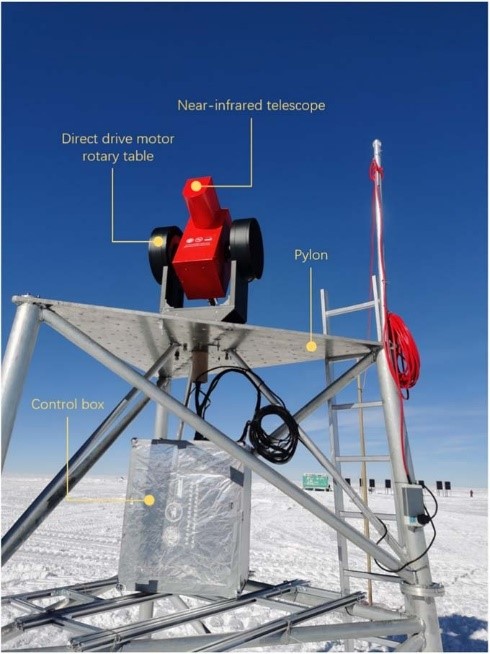
Fig. 1 near-infrared telescope operational site at the Kunlun Station in Antarctica
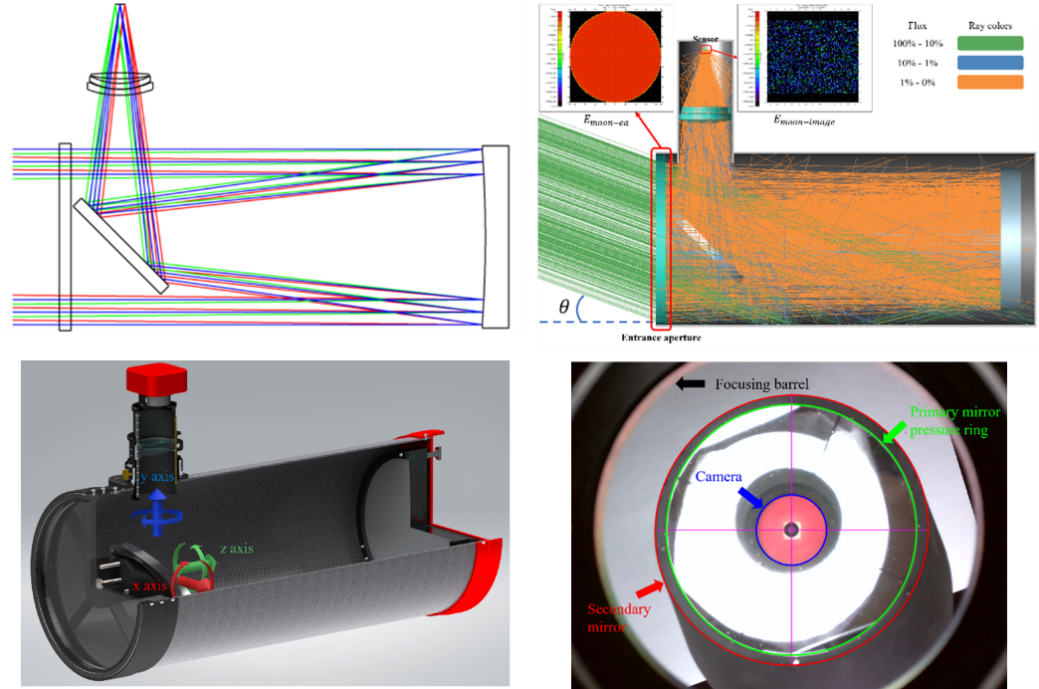
Fig. 2 Optical System Design Suitable for Polar Extreme Environments
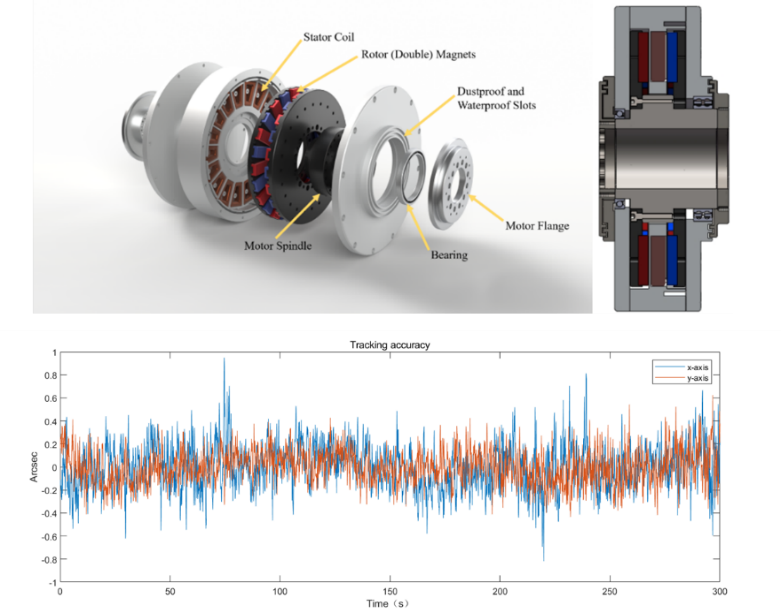
Fig. 3 Structure and Tracking Precision Measurement of the High-Precision Direct-Drive Motor with Labyrinth Dynamic Seal (-60°C)
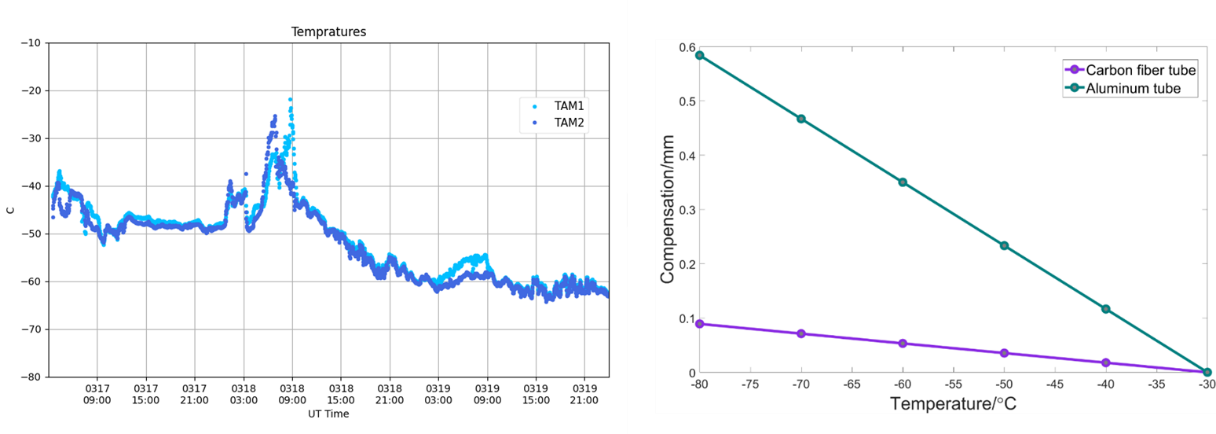
Fig. 4 Measurement Curves of Operational Environmental Temperature for a Telescope at Kunlun Station
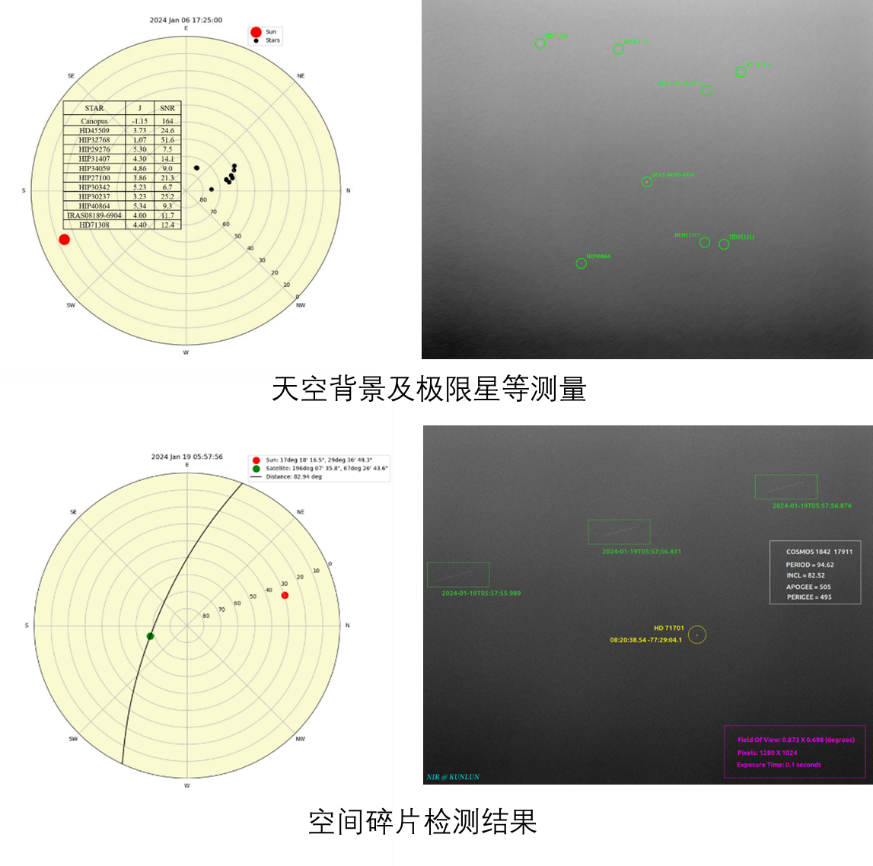
Fig. 5 Partial near-infrared scientific observation results
The first near-infrared telescope was jointly implemented by the Nanjing Institute of Astronomical Optics Technology, Chinese Academy of Sciences, and the Chinese Polar Research Center (Chinese Polar Research Institute).
Collaborating institutions include the University of New South Wales, Nanchang University, Zhonghuan Optoelectronics (Tianjin) Co., Ltd., Jiaxing RuiXing Optical Instrument Co., Ltd., and Suzhou Zhenwang Optoelectronics Co., Ltd. The operation of the telescope at the site was greatly assisted by members of China's 40th Antarctic scientific expedition.
Team Introduction
Members of the Antarctic Telescope Team from the Nanjing Institute of Astronomical Optics Technology, Chinese Academy of Sciences, are core members of the "Innovative Talent Promotion Plan's Key Field Innovation Team."
They have undertaken the development of most of China's professional Antarctic optical astronomical observation facilities. These include the deployment of the China Star Small Telescope Array (CSTAR), the Antarctic Survey Telescope (AST3-1 and AST3-2), and the near-infrared telescope at Kunlun Station, as well as the construction of the Bright Star Survey Telescope (BSST) and the Multi-Channel Photometric Telescope Array (MST) at Zhongshan Station.
The team has completed projects under the "National Key Basic Research Development Program (973)," including "Frontier Research on Supernova Cosmology and Extrasolar Planets Using Antarctic Survey Telescopes," and has been responsible for the National Natural Science Foundation's major project titled "Key Technologies and Methods for Astronomical Telescopes in Extreme Site Environments."
Additionally, the team has led two key research tasks under the National Key Research and Development Program for "Deep Sea and Polar Key Technologies and Equipment."
Paper Information
Related achievements are published in the paper titled "System Design for the Large Field of View Near-infrared Telescope at Dome A in Antarctica" in Publications of the Astronomical Society of the Pacific.
Citation Format: Zheng-Yang Li et al 2024 PASP 136 115002
DOI: https://doi.org/10.1088/1538-3873/ad8d7b